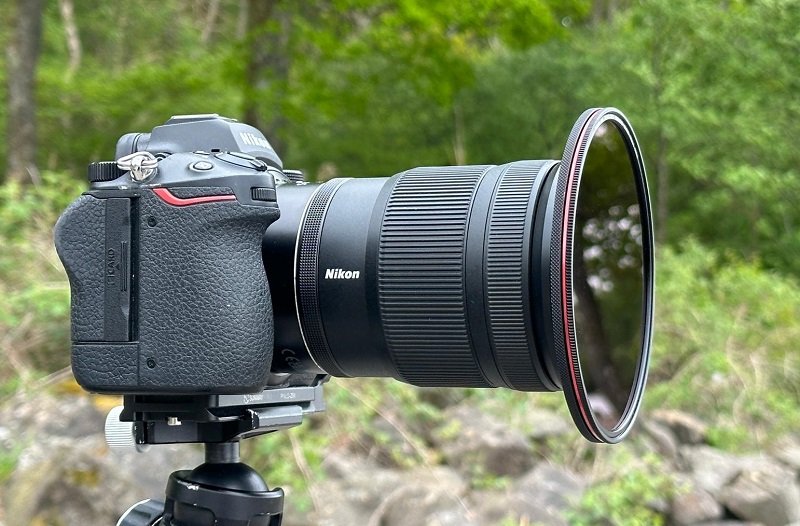The Nikon Z 24-120mm f4 S, my new favourite Nikon Z Lens?
The Nikon Z 24-120mm f4 S is undoubtedly one of the best all-around zooms that I’ve ever used. The 24-120mm f/4 S performs incredibly well across the board and is a perfect example of what a modern, good-quality lens should be.
Image courtesy of Nikon
Nikon 24-120mm f4 S Specifications:
Focal Length: 24mm to 120mm zoom
Angle of View (DX): 61° to 13.3°
Angle of View (FX): 84° to 20.3°
Maximum Aperture: f4
Minimum Aperture: f22
Aperture Blades: 9, rounded
Filter Size: 77mm
Lens Elements: 16
Lens Groups: 13
Special Elements: 7 total – 3 ED glass, 3 aspherical, 1 ED/aspherical
Electronic Diaphragm: Yes
Vibration Reduction: No
Internal Focusing: Yes
Control Rings: One
Mount Material: Metal
Weather/Dust Sealing: Yes
Dimensions (Length × Diameter): 118 x 84 mm (4.7 x 3.4)
Weight: 630 g (1.39 lbs)
The specifications speak for themselves, Nikon hasn’t cut any corners with the design of this lens. Looking at the number of lens elements that have special anti-flare coatings, I think it is a good indication that Nikon means business with this lens.
The only thing that sticks out like a sore thumb from the list of specifications is the lack of Vibration Reduction (VR). However, this is less of an issue since all the new higher-end Nikon cameras include IBIS (In Body Image Stabilisation).
Below are some of the images I have captured using the Nikon 24-120 f4 Lens over the past
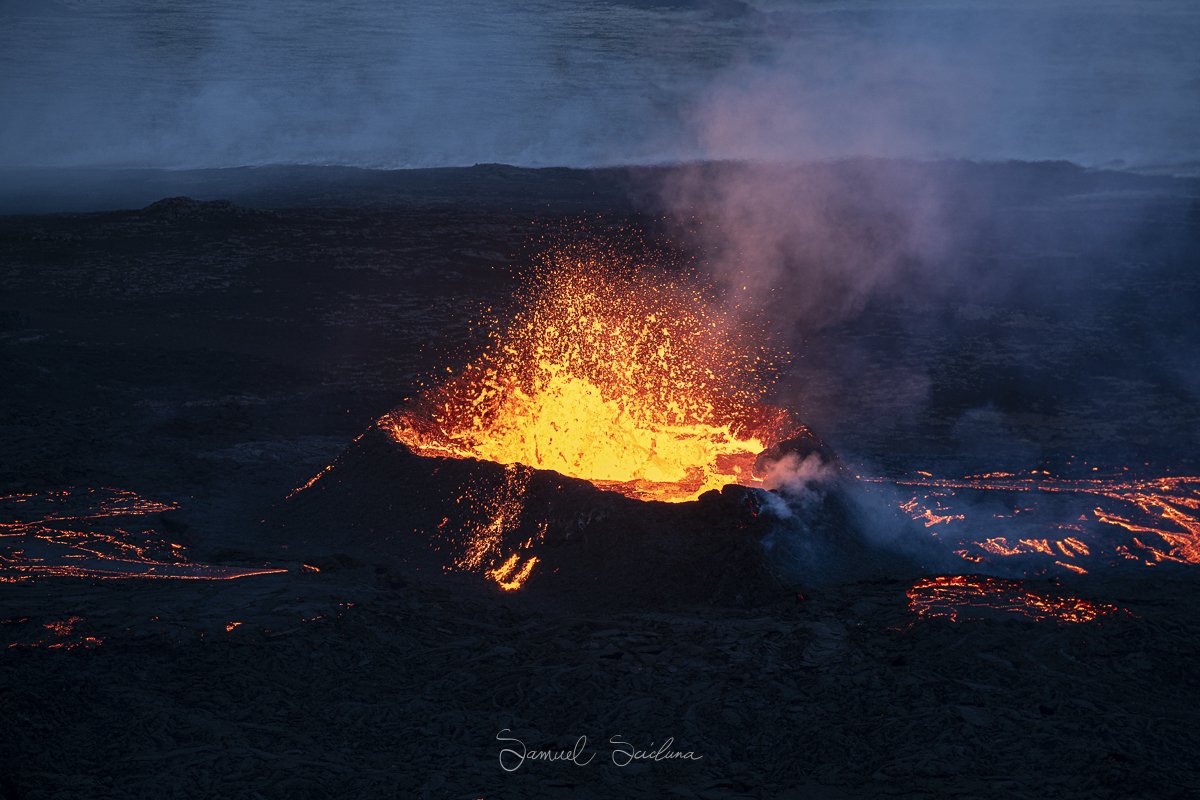
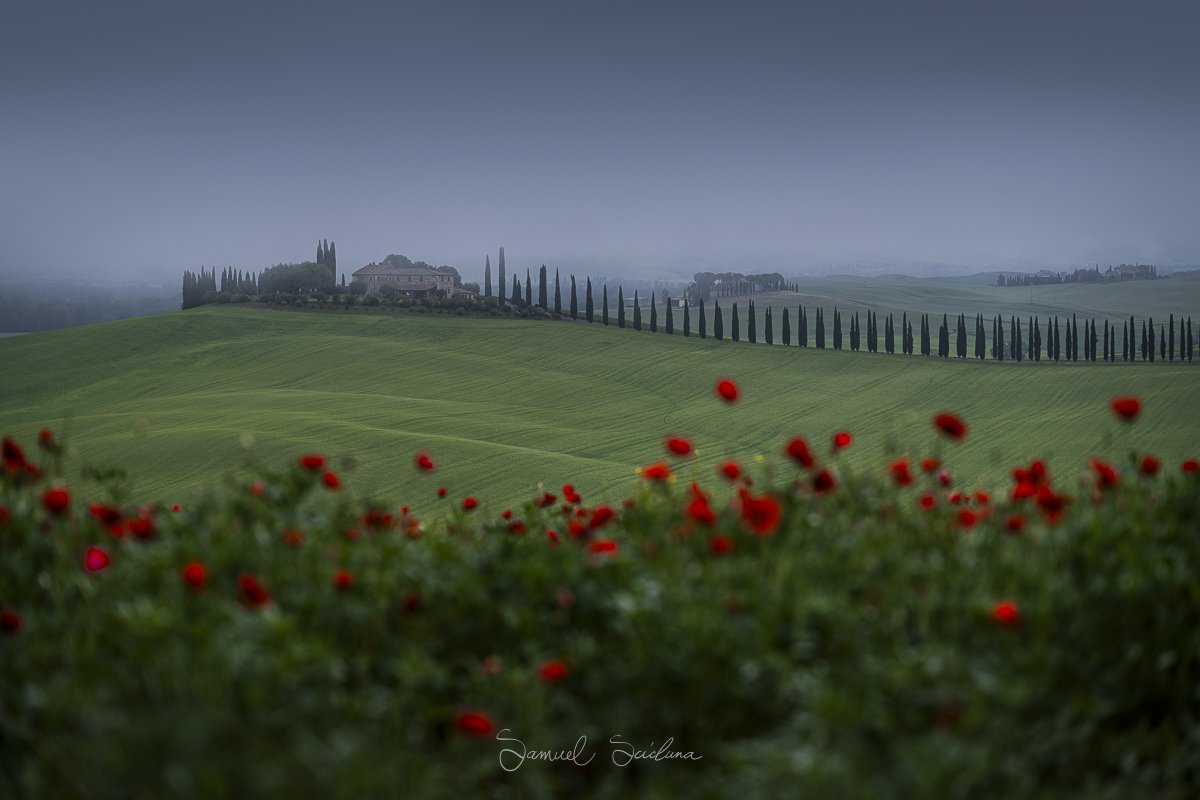
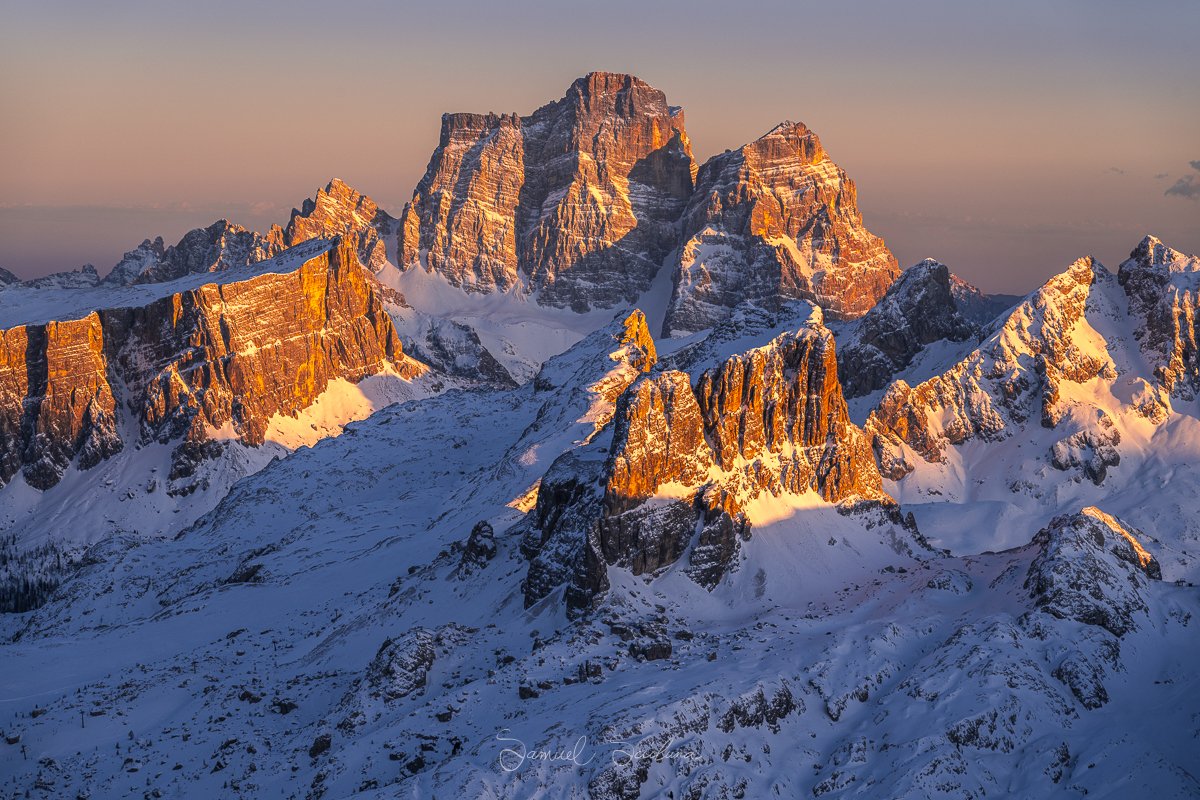
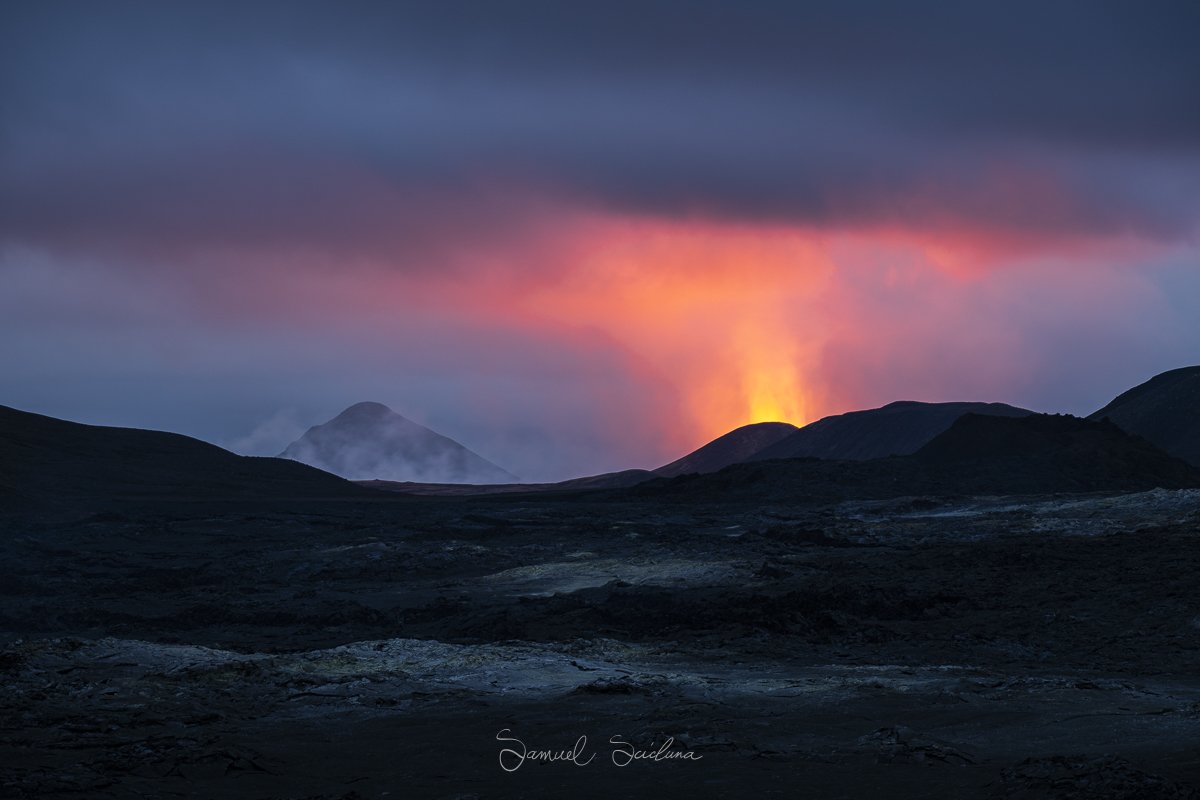
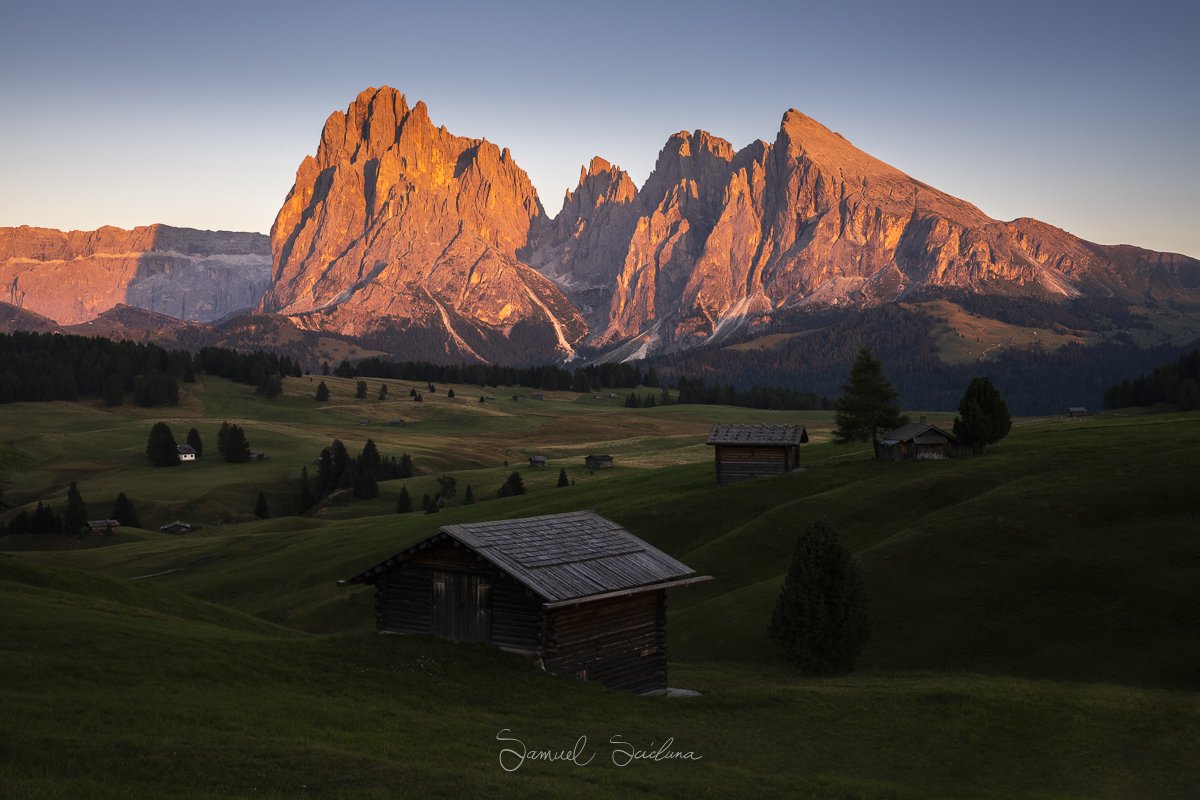
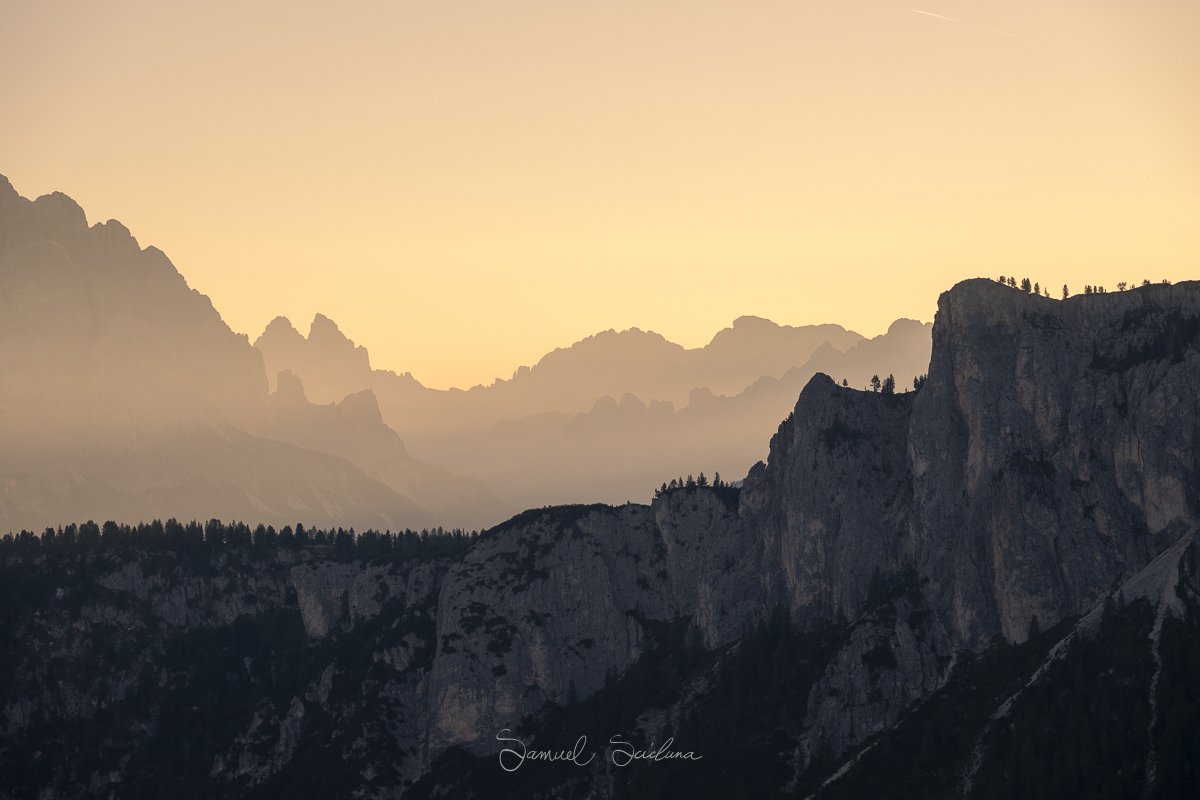

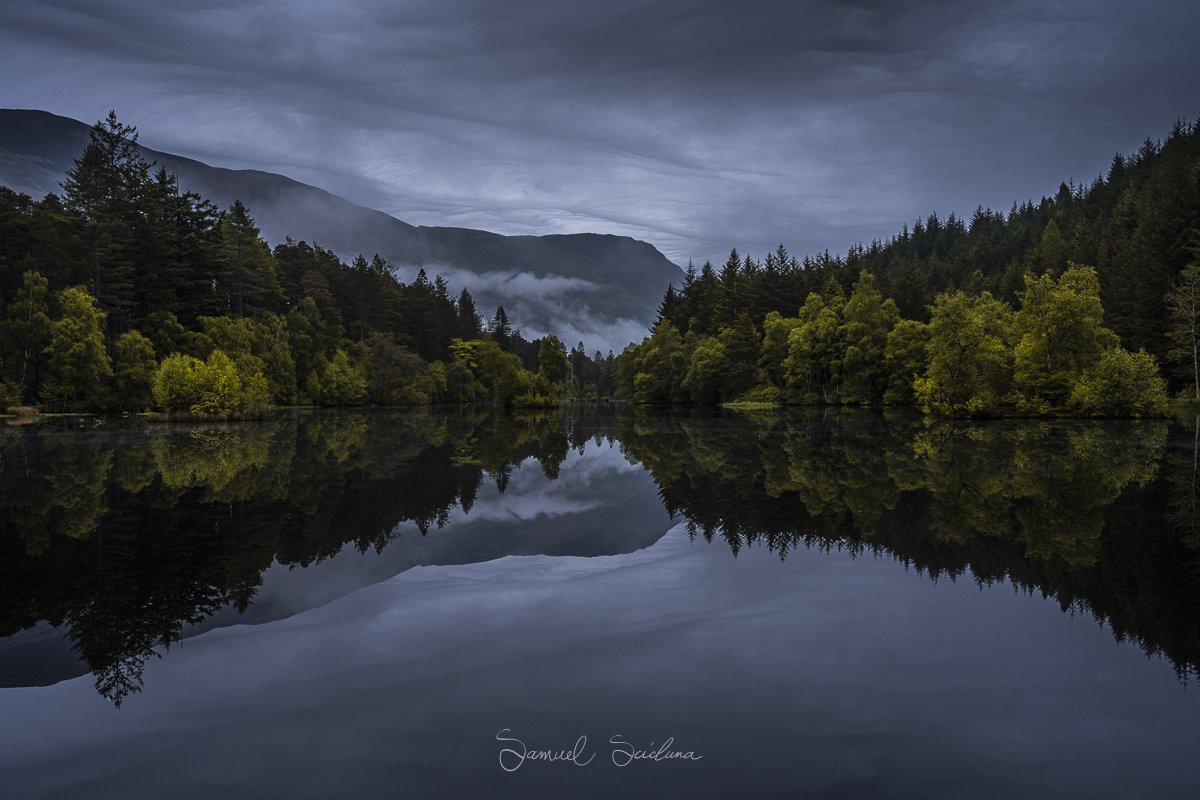
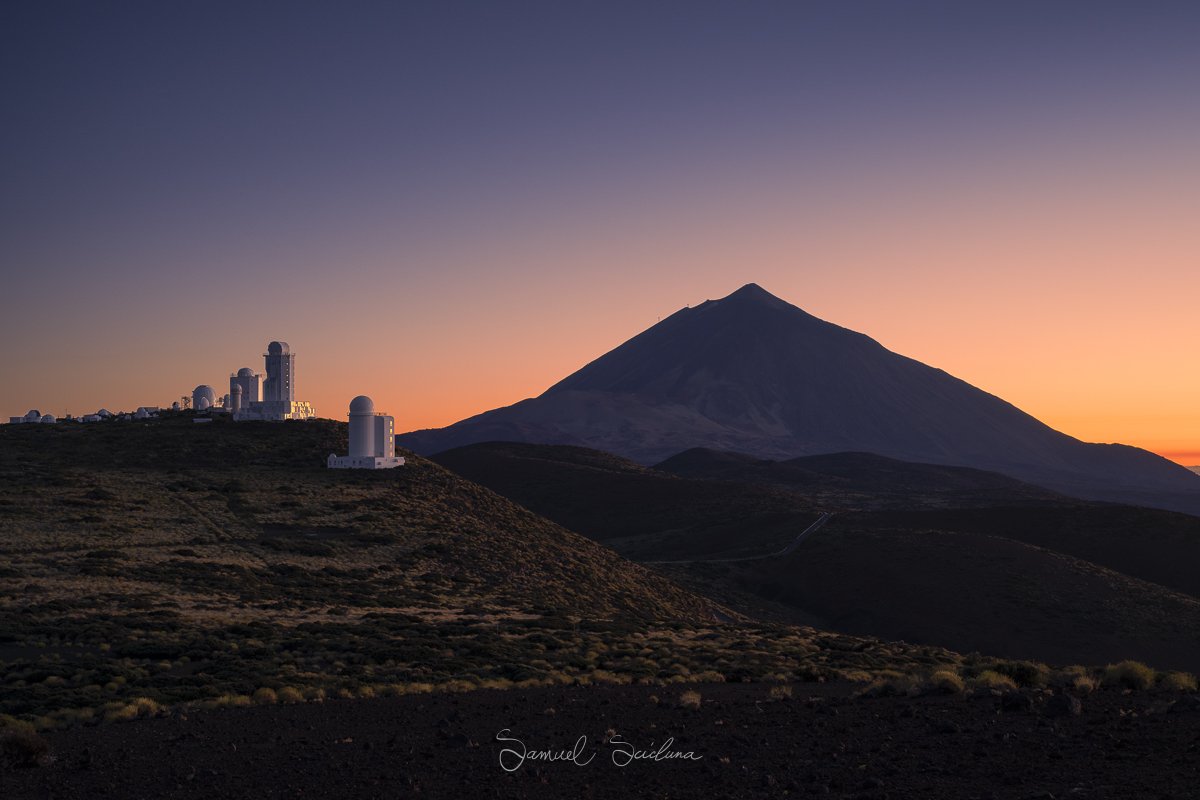
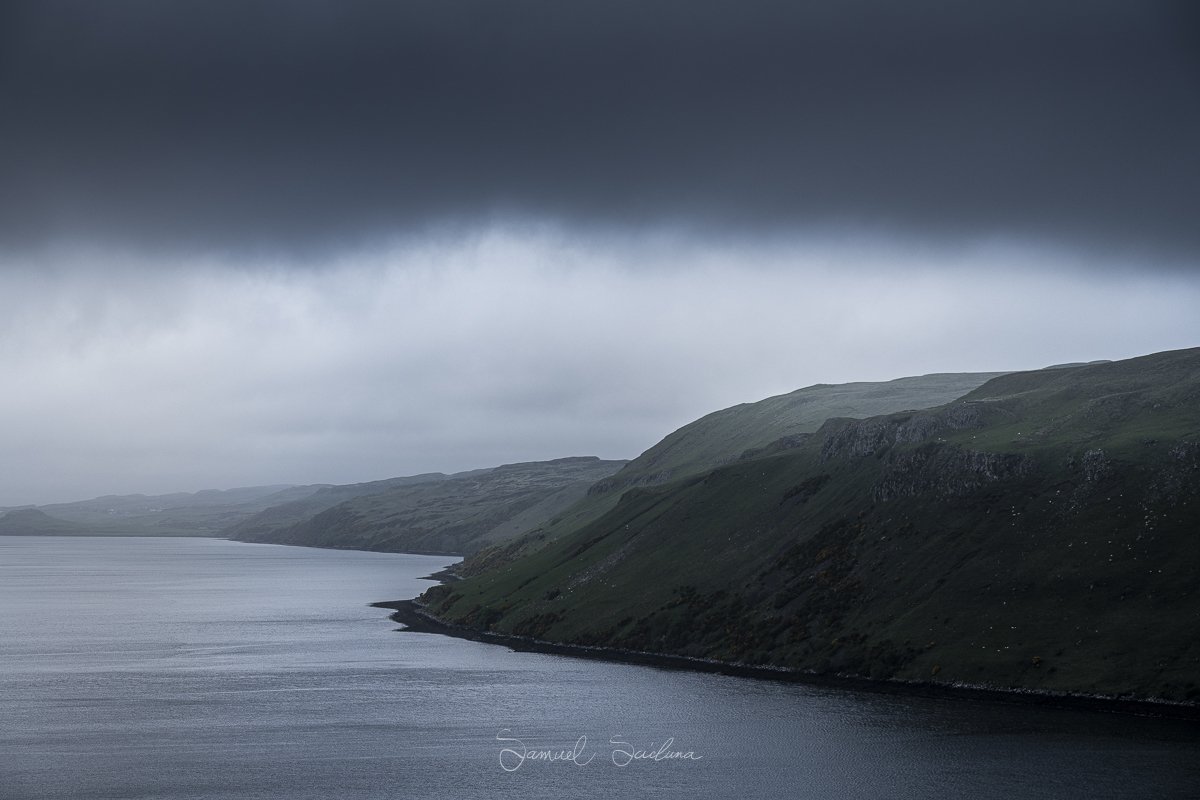
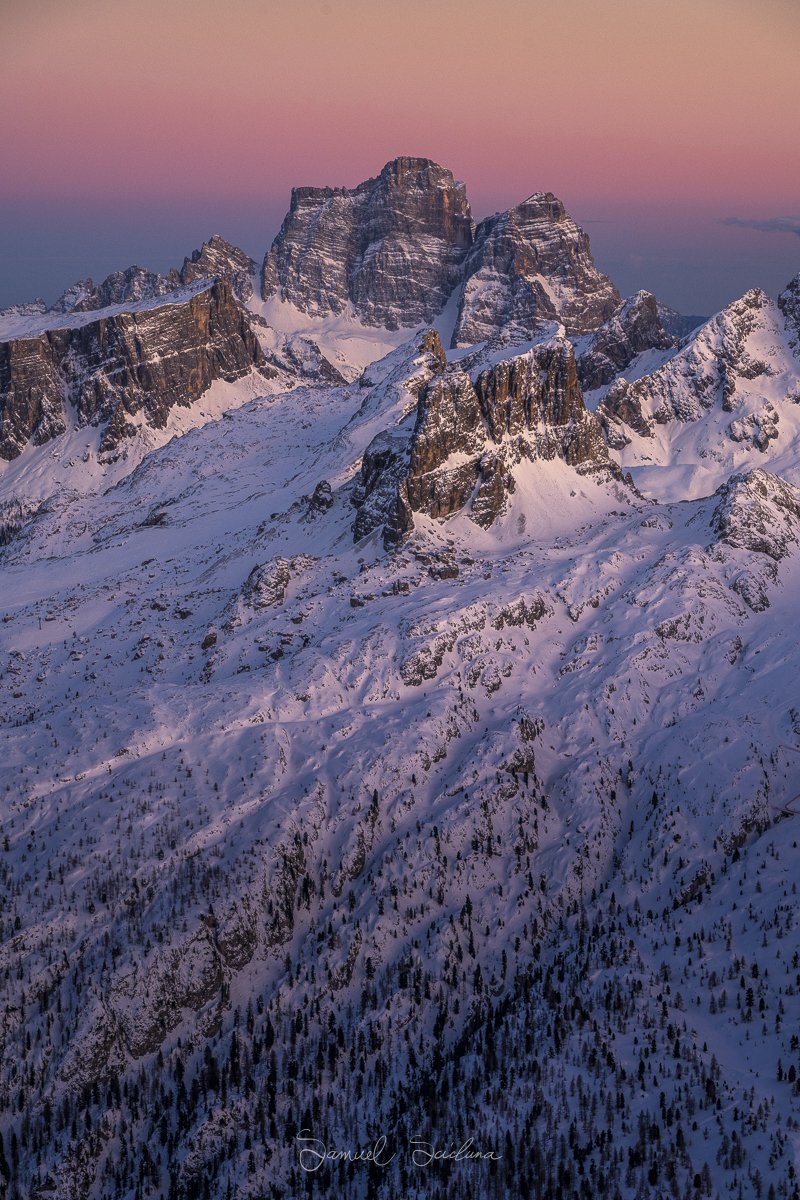
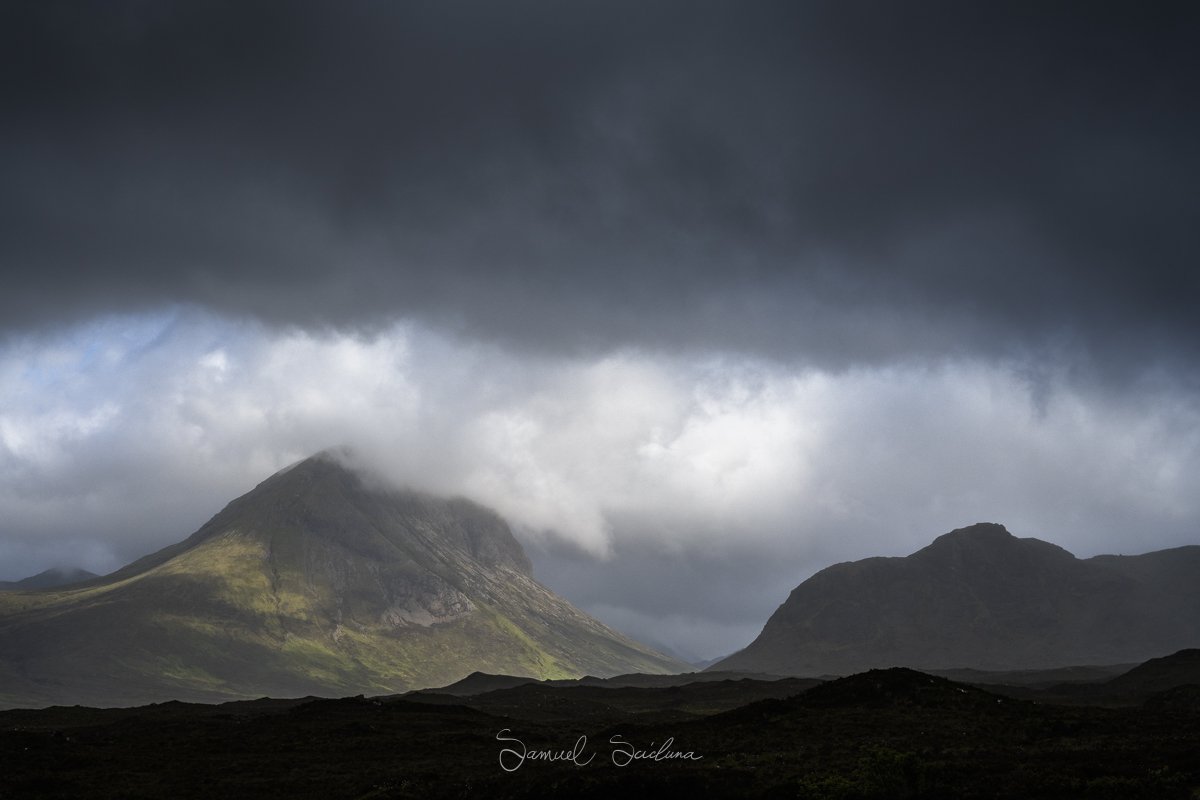
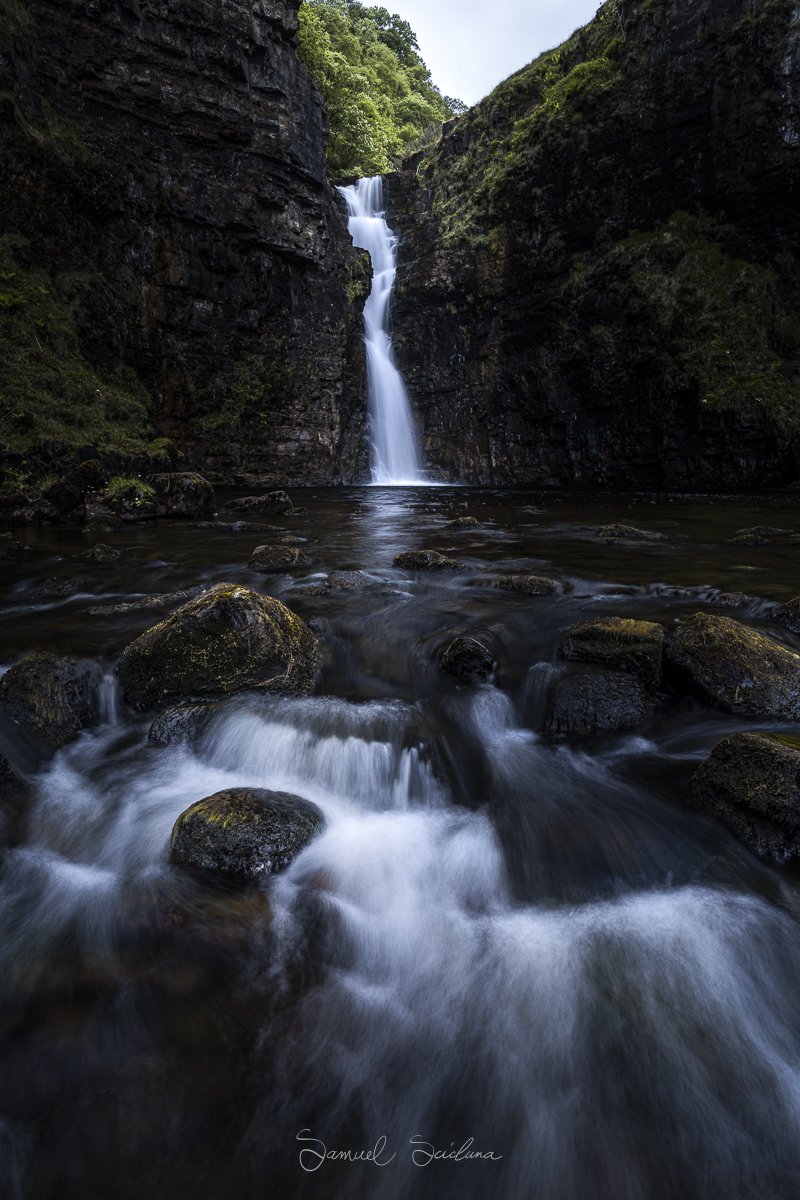
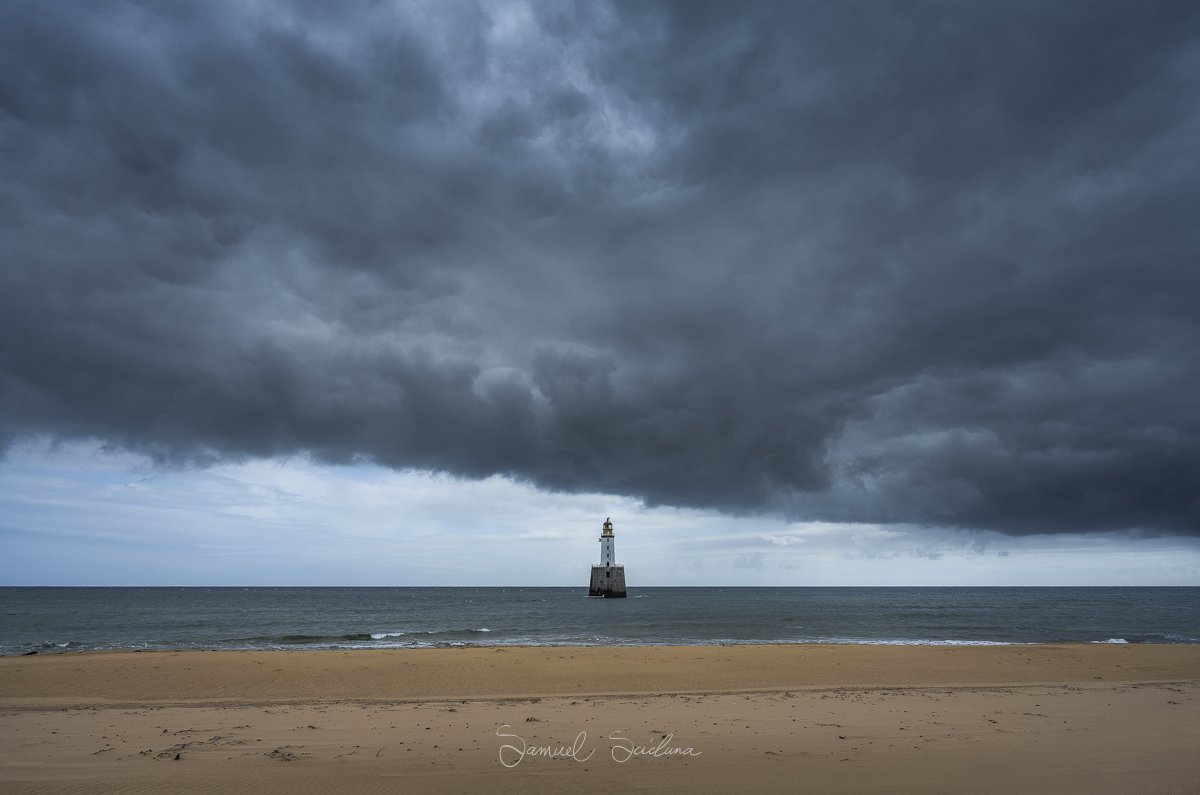
Build Quality
As we have come to expect with all Nikon S-Line lenses, the build quality of this lens is nothing short of excellent. It feels precise, well-built, and solid. To keep the weight down, the Nikon Z 24-120mm f4 S is made mostly from high-quality plastic. This has become fairly standard for Nikon Z lenses. Surprisingly, the plastic doesn’t make the lens feel cheap, I expect it will hold up better than a lens with a metal barrel against minor bumps and dings. Being made of plastic, it also doesn’t get as cold in freezing conditions, which is a bonus!
The zoom and focus rings both feel very precise and smooth to operate, as one can expect from an S Line lens, built to tight tolerances. The dual telescoping lens barrels do not have any wobble and extend almost the entire length of the lens at 120mm.
The Nikon Z 24-120mm f4 S weighs in at just 630 grams, making it easy to hand-hold all day long without issues. This lens weighs less than its F-mount counterpart, this is probably due to Nikon choosing to use more plastic in the construction of this lens compared to its predecessor.
Like all other S-Line lenses, Nikon Z 24-120mm f4 S is weather-sealed against dust and moisture. I have used it in some less-than-ideal weather in Lofoten and Iceland without any issues.
The 77mm filter ring is the same as found on my Nikon Z 20mm f1.8 and Nikon Z 100-400mm f4.5-5.6 VR S lenses, allowing me to use the same filter ring on all 3 lenses.
Handling
The Nikon Z 24-120mm f/4 S feels superb in the hands and balances really well with both my Nikon Z7II and Nikon Z8. The 24-120 has the now familiar S-Line button layout and features for a Nikon S-series zoom. While there isn’t an illuminated display or focus limiter switch, there is a single “L-Fn” function button on the left-hand side. There are also three separate rings on this lens – focus ring, zoom ring, and control ring.
The only thing that annoyed me about the handling of this lens was the position and order of the various rings. Instead of all Nikon S-Line lenses following the same pattern (Example: Control Ring closest to mount, zoom ring in the middle, and focus ring furthest from the mount), it seems to be a bit of a lottery where each of the rings will be found on each new lens. The 24-120 and 100-400mm lenses both have different rings in different arrangements, making it an incredibly frustrating user experience.
Image courtesy of Nikon
Focusing
If you have read my other reviews, you will know that I rarely use Autofocus, I prefer to focus manually since most of the time I am working from a tripod. That being said, I have found the Nikon Z 24-120 to be great to use handheld and with Autofocus. Unsurprisingly, the Autofocus is fast and surprisingly accurate.
As long as there is sufficient light and contrast, the Nikon 24-120 F4 acquires focus quickly and does not hunt around. I have not identified any significant focus shift at any focal length when using this lens so far, which is another positive.
The Nikon Z 24-120mm f/4 S is a varifocal lens, meaning the focus point changes as you change focal lengths, its important to keep this in mind when shooting multiple subjects at varying distances in quick succession.
Image Quality
This is where the Nikon 24-120 Z lens really stands out, creating crisp and detailed images with great contrast. As is expected with any wide-to-telephoto zoom lens, distortion is definitely present, its not extreme and is fairly easily corrected in post-processing. Nikon automatically applies a distortion correction profile to the 24-120mm by default – so, you always see straight lines when you’re composing the photo in-camera.
Like with the Nikon 14-30mm f4 lens, Nikon and Adobe apply a distortion correction profile to this lens in post-processing software, which cannot be disabled. If you use Lightroom or Photoshop for photo editing, you may never see the Z 24-120mm’s distortion as this is taken care of automatically.
The Nikon Z 24-120mm creates a very pleasing vignette, this is easily corrected in post-processing and is most evident at f/4 and 24mm.
Image courtesy of Nikon
Chromatic Aberration
The Nikon Z 24-120mm f/4 S does a great job minimizing chromatic aberration, especially for a zoom, but it’s still visible in some places. Chromatic Aberration tends to be more visible on either end of the focal length range (24-35 and 100-120). This most commonly manifests as a small purple fringe around high-contrast subjects, this is also easily fixed in post-processing.
The Nikon Z 24-120mm f/4 S deals with backlit scenes incredibly well, with minimal flaring, Thanks to all those fancy elements in the lens. The Z 24-120mm f/4 S creates beautiful sunstars at f16. These tend to look better on the wider end of the lens.
Sharpness
This is probably the single most important factor for any lens, is it sharp and does it capture crisp detail? Yes, it certainly does! The Nikon Z 24-120mm f/4 S is fantastically sharp and gives very crisp results throughout the zoom and aperture ranges.
The most impressive aspect of this is that the lens appears to be equally sharp all through the focal length range, especially between f4 and f8.
I tend to shoot this lens at f8 most of the time, when reducing the aperture past f13, diffraction starts being introduced, which leads to a softer image (As is the case with any other lens).
Sharpness is great across the frame at both close and long range with this lens, which is a welcome surprise and significant improvement over its predecessor.
Naturally, the lens is the sharpest around the centre, but the drop off towards the corners in not bad at all!
Image courtesy of Nikon
Conclusion
The Nikon Z 24-120mm f/4 S has quickly become my favourite mid range lens, since getting it I haven’t used the 24-70mm f4 lens at all. Nikon Z 24-120mm f/4 S now has a permanent place in my camera bag as part of the ‘New Holy Trinity’, alongside the Nikon 14-24 f2.8 S and the Nikon 100-400 f4.5-5.6 S.
Midrange zooms have become incredibly useful as general carry-around lenses and the Nikon Z 24-120 perfectly bridges the gap between Ultra-wide and Super-telephoto.
The Nikon Z 24-120mm f/4 S is incredibly sharp across the range and enables me to create some wonderful images. It is small, lightweight and very well built.
Pros
Fast and accurate autofocus
Good detail and sharpness
Compact and lightweight
Good build quality
Visually pleasing sunstars
Well priced
Cons
No vibration reduction
Some CA and Vignetting, however these are easily corrected in post processing
Some distortion at 24mm
Double-telescoping barrel construction
Final thoughts
As a landscape photographer, I put a lot of time and effort into getting myself into remote places to capture images of mountains, rivers, waterfalls and stunning landscapes, I am very particular about the camera equipment that I use and its performance. As mentioned above, this lens has a permanent place in my camera bag, and therefore I definitely consider it the best option for my needs.






